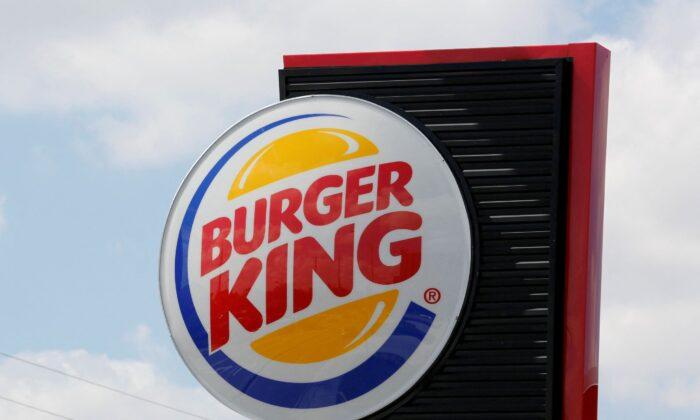Restaurant Brands International Inc. beat estimates for quarterly revenue and profit on Tuesday, led by soaring online sales and a recovery in demand at its Burger King and Tim Hortons chains.
Consumers are increasingly venturing out to diners, encouraged by easing COVID-19 curbs, after the nearly two-year long health crisis prompted restaurant closures and dine-in restrictions that kept people away from their favorite fast-food chains.
As more people ordered their comfort foods online during the pandemic, Restaurant Brands, like its peers, has been ramping up investments in its e-commerce business. The company’s Cajun-inspired Popeyes chain rolled out its first ever rewards program last year.
Restaurant Brands’ global digital sales rose more than 65 percent to $10 billion in 2021 on the back of these efforts to boost the e-commerce business.
Demand for breakfast items has also rebounded as more people resume working from their offices and grab their sandwiches and coffees on their way to work, benefiting coffeehouse chains such as Tim Hortons and Starbucks Corp.
Tim Hortons, which typically accounts for over half of Restaurant Brands’ revenue, posted an 11.3 percent increase in comparable sales in Canada, ahead of estimates of a 10.4 percent growth.
Same-store sales at Burger King in the United States rose nearly 2 percent, also above expectations of a marginal decline.
However, the company’s Popeyes chain, known for its fried chicken sandwiches, missed estimates for U.S. comparable sales growth, as it grapples with stiff competition from rivals such as McDonald’s Corp. and Yum Brands Inc.’s KFC, which have launched similar menu items.
Restaurant Brands’ total revenue rose about 14 percent to $1.55 billion in the fourth quarter ended Dec. 31, beating estimates of $1.52 billion, according to IBES data from Refinitiv.
Excluding items, the Toronto, Ontario-based company earned 74 cents per share, topping estimates of 69 cents.





